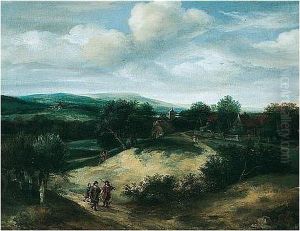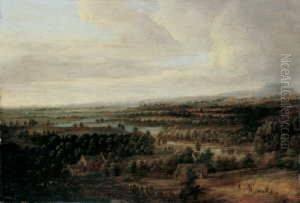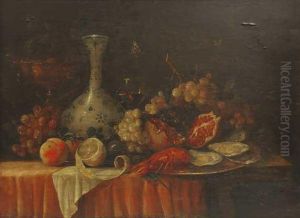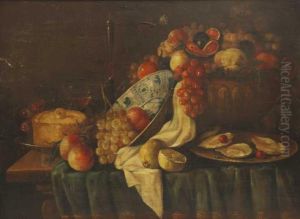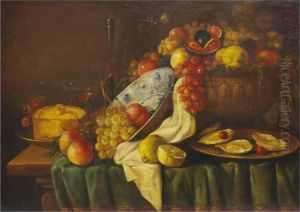Jacob I Koninck Paintings
Jacob I Koninck was a Dutch Golden Age painter, born around 1615 in Amsterdam or Rotterdam, Netherlands. While there is some uncertainty regarding the exact year and place of his birth, it is generally agreed upon that he was a member of the Koninck family, which included several painters, the most famous being his presumed brother, Philips Koninck.
Jacob I Koninck is known for his landscape and portrait paintings. His work is characterized by a meticulous attention to detail and a keen interest in depicting the natural world and everyday life with a sense of realism. His landscapes often feature expansive views with rolling hills and a vast sky, reflecting the Dutch landscape tradition of the time.
Very little is known about Koninck's life and training. It is believed that he may have been a pupil of David Colijns or his brother Philips Koninck, although there is no concrete evidence to support this. Koninck's career seems to have been quite active in The Hague, where he became a member of the painter's guild in 1640. He worked there for many years, and his work was collected by local patrons and fellow artists.
Despite his apparent success during his lifetime, Jacob I Koninck did not leave behind a large body of work, and his paintings are relatively rare today. He is sometimes confused with other artists of the same name, including his nephew Jacob II Koninck, which has occasionally led to misattributions of his work.
The estimated year of his death is around 1695, but as with his birth, the records of his death are not clear, and there is some debate among art historians regarding the precise date. Jacob I Koninck's contribution to Dutch painting is recognized for its quality and for its role in the development of the landscape genre in the Dutch Golden Age.
